Current Contribution Limits for Retirement Accounts and Health Savings Accounts
The Internal Revenue Service (IRS) sets annual contribution limits for retirement accounts and health savings accounts (HSAs). These limits are designed to prevent people from contributing too much money to their tax-advantaged accounts and avoiding taxes.
Retirement Account Contribution Limits
- Traditional IRA | $6,500 ($7,500 if age 50 or older)
- Roth IRA | $6,500 ($7,500 if age 50 or older)
- 401(k) | $22,500 ($30,000 if age 50 or older)
- 403(b) | $22,500 ($30,000 if age 50 or older)
- SIMPLE IRA | $16,000 ($35,000 if age 50 or older)
HSA Contribution Limits
- Individual | $3,850
- Family | $7,750
- Catch-up contribution (age 55 or older) | $1,000
Tax Advantages of Retirement Accounts and HSAs
Retirement accounts and HSAs offer a number of tax advantages, including:
- Tax-deferred contributions: With tax-deferred contributions, you make contributions to your account with pre-tax dollars. This means that you reduce your taxable income for the year in which you make the contribution. You will pay taxes on the money when you withdraw it in retirement.
- Tax-free growth: The money in your account grows tax-free. This means that you do not pay taxes on the investment earnings until you withdraw the money in retirement or for qualified medical expenses (in the case of an HSA).
- Tax-free withdrawals: If you withdraw money from a qualified retirement account in retirement or for qualified medical expenses (in the case of an HSA), you may be able to do so tax-free. This is especially beneficial if you are in a lower tax bracket in retirement than you are in your working years.
How to Choose the Right Retirement Account and HSA for You
The best retirement account and HSA for you will depend on your individual circumstances. Here are a few things to consider when choosing a retirement account and HSA:
- Your income: If you have a high income, you may not be able to contribute to a Roth IRA.
- Your employer's retirement plan: If your employer offers a 401(k) or 403(b) plan, you should consider contributing to it. Your employer may offer matching contributions, which is free money that can help you to save even more for retirement.
- Your health insurance: If you have a high-deductible health plan (HDHP), you are eligible to open an HSA. HSAs can be a great way to save money on taxes and healthcare costs.
- Your retirement goals: If you are saving for a specific goal, such as a down payment on a house or retirement, you may want to choose a retirement account or HSA that offers certain features, such as the ability to take early withdrawals without penalty.
Retirement accounts and HSAs offer a number of tax advantages that can help you to save money and reach your retirement goals. It is important to choose the right retirement account and HSA for your individual circumstances and to take advantage of the tax advantages that are available to you.
Here are some additional tips for maximizing your tax advantages with retirement accounts and HSAs:
- Contribute early and often: The earlier you start saving for retirement, the more time your money has to grow. Even if you can only contribute a small amount each month, it will add up over time.
- Take advantage of catch-up contributions: If you are age 50 or older, you are allowed to make catch-up contributions to your retirement accounts and HSAs. This is a great way to boost your retirement savings if you fell behind earlier in life.
- Consider a tax-efficient investment strategy: When choosing investments for your retirement accounts and HSAs, consider tax efficiency. This means choosing investments that generate less taxable income.
- Review your accounts regularly: As your financial situation changes, you may need to adjust your retirement account and HSA contributions or investment strategies. Be sure to review your accounts regularly to make sure that you are on track to reach your retirement goals.

